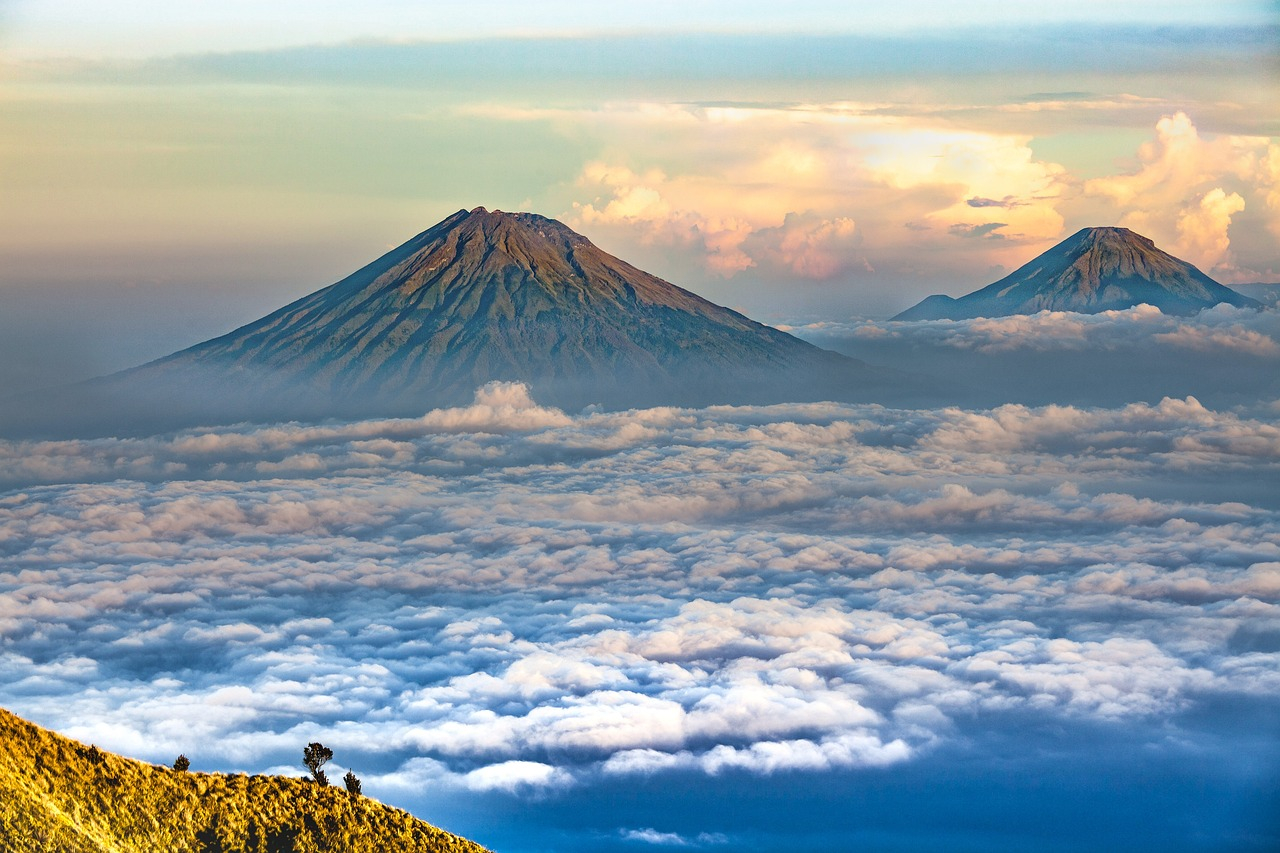What will you learn?
What events led to the necessity of evacuating the population from Ruang Island?
What steps did the local authorities take in response to the volcano eruption on Ruang Island?
What health and material risks are associated with the presence of volcanic ash in the island's atmosphere?
Why is Indonesia an area of increased seismic and volcanic risk?
What preventive measures are used in Indonesia to protect against future volcanic eruptions?
Urgent evacuation in the face of natural danger
Crisis management in the event of the Ruang volcano eruption was carried out with exceptional precision. Heruningtyas Desi Purnamasari from the Indonesian Center for Volcanology and Geological Hazards emphasized that swift and decisive action prevented a greater tragedy. "The safety of our residents is our priority. All actions are closely coordinated to ensure effective evacuation and support for all affected by the crisis," she said during a press conference.
Visual evidence of the power of nature
Media worldwide circulated images of a red ash cloud rising above the island, serving as a dramatic reminder of the power and unpredictability of nature. While these images have their aesthetic value, they also serve as a warning of the real threat posed by volcanic ash. It can lead to serious health problems such as respiratory diseases and also cause material damage by settling on buildings and roads.
Seismic activity in Indonesia
Indonesia, located on the Pacific Ring of Fire, is home to numerous volcanoes that regularly remind of their presence through eruptions. This zone of high tectonic activity is where continental plates collide, causing earthquakes and volcanic eruptions. The residents of Ruang Island, as well as all of Indonesia, must be constantly prepared for possible natural disasters, which requires not only adequate infrastructure but also education and evacuation plans.
Long-term preventive actions
Cases like the eruptions on Ruang Island underscore the importance of continuous monitoring and research on volcanoes, which can help predict future eruptions and prepare for them accordingly. Authorities maintain a four-kilometer exclusion zone from the volcano crater and conduct rigorous control to protect the population from further incidents. Regardless of the majestic sight that volcanoes offer, local communities must remain vigilant and ready to act because safety is always paramount in the face of nature.





